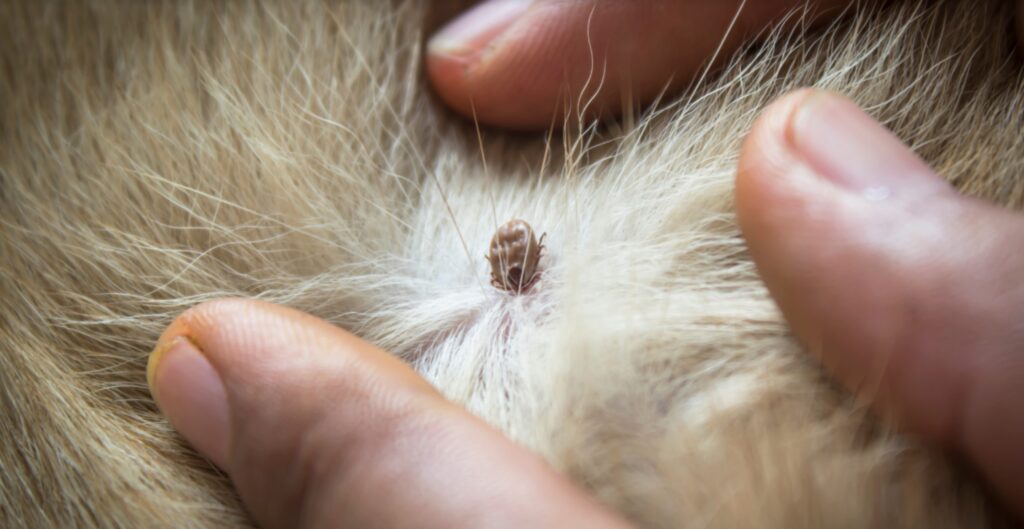This blog post is courtesy of Crappy Cleanup Pet Waste Removal
Ticks are a serious problem for dog parents, particularly those who live in areas where these insects are prevalent. These tiny parasites attach themselves to dogs and can transmit serious diseases such as Lyme disease and Rocky Mountain spotted fever. It’s important to remember that ticks are not just a problem during the summer months, but year-round. By reading this post, you will arm yourself with the knowledge you need to keep your pet healthy and free from these pesky parasites.
1. Ticks can carry diseases that can infect your dog
One of the most significant concerns about ticks is that they can carry diseases that can infect your dog. These diseases can cause severe health problems and, in some cases, can be fatal. Lyme disease, Rocky Mountain spotted fever, and Ehrlichiosis are just a few examples of tick-related diseases that can affect dogs. Therefore, it is crucial to regularly check your dog for ticks, especially if they have been outside in wooded, grassy areas, as well as to take preventative measures, such as using tick repellent, to keep your dog safe from tick-borne diseases. In case you suspect that your dog may have contracted any tick-borne illness, you should immediately consult a veterinarian for a proper diagnosis and treatment.

2. Different tick species can be found in different areas of the country
Different tick species can be found in different areas of the country. It’s important to be aware of the tick species that are prevalent in your area so you can take necessary precautions for your furry friend. For example, if you live in the northeastern United States, you’re more likely to encounter the black-legged tick, which is known to transmit Lyme disease. The Lone Star tick, which can transmit Rocky Mountain spotted fever, is more commonly found in the southeastern United States. Understanding the different types of ticks in your region and educating yourself on their potential threats can help you keep your dog safe and healthy.
3. It’s important to regularly check your dog for ticks
It is a good idea to regularly check your dog for ticks, especially after spending time outdoors. Ticks can be found in moist, shady areas such as forests, grassy fields, and even gardens. Make a habit of running your hands over your pet’s coat and feeling for bumps or irregularities, especially around their ears, face, and paws. Ticks can be easily removed with tweezers, but it’s important to do it carefully to prevent any further complications. If you notice any signs of infection or tick-borne illness, consult your veterinarian right away.

4. Create a tick-free area in your yard
To create a tick-free area in your yard, start by removing leaf litter. Leaves left on the ground are a prime habitat for ticks. Secondly, clear tall grass and mow the lawn frequently. This will not only prevent ticks from hiding but also discourage rodents that attract them. It is important to keep playground equipment, decks, and patios away from yard edges and trees as ticks can easily crawl onto them. Lastly, remove old furniture, mattresses, or trash from the yard that may give ticks a place to hide.
5. Many flea and tick prevention products are available to help protect your dog
Choosing the right product for your dog can be challenging considering the different types of products available. You should of course consult your veterinarian to determine the most suitable product for your dog based on factors such as age, weight, and medical history. Some of the most popular types of flea and tick preventive products include topical treatments, oral medications, and flea collars. Topical treatments, like spot-on treatments, are applied directly to the skin and last for about a month, while oral medications are given as pills or chewable tablets, and flea collars are placed around the dog’s neck.
Understanding the tick risk in your region, regular tick checks, and the use of tick preventives are important steps in reducing the risk of tick-borne diseases. We all want to keep our pets healthy and happy. Taking care of our furry friends starts with knowledge and regular veterinary check-ups.






